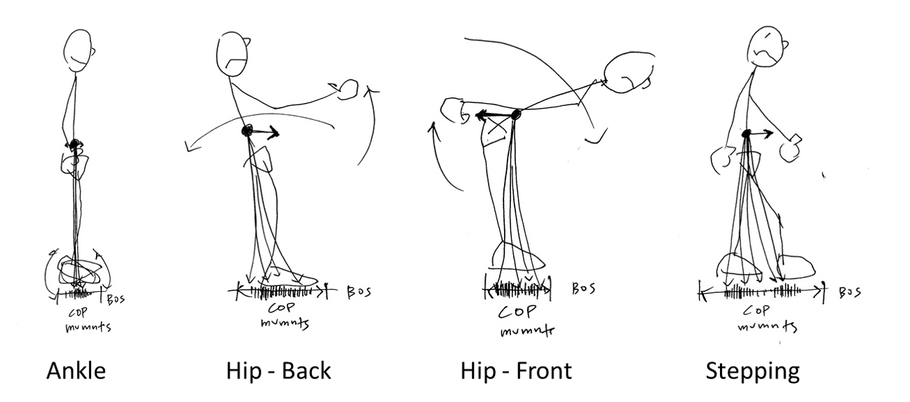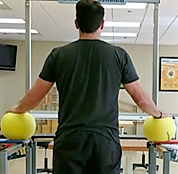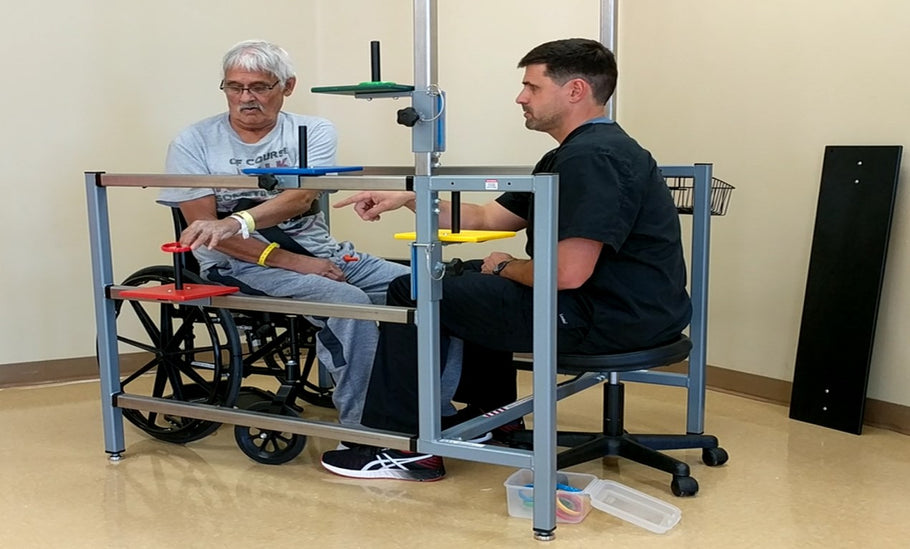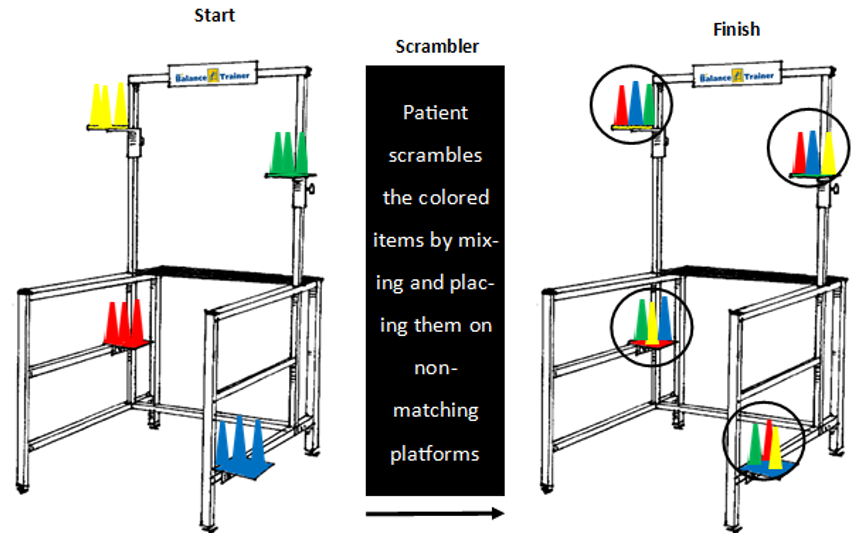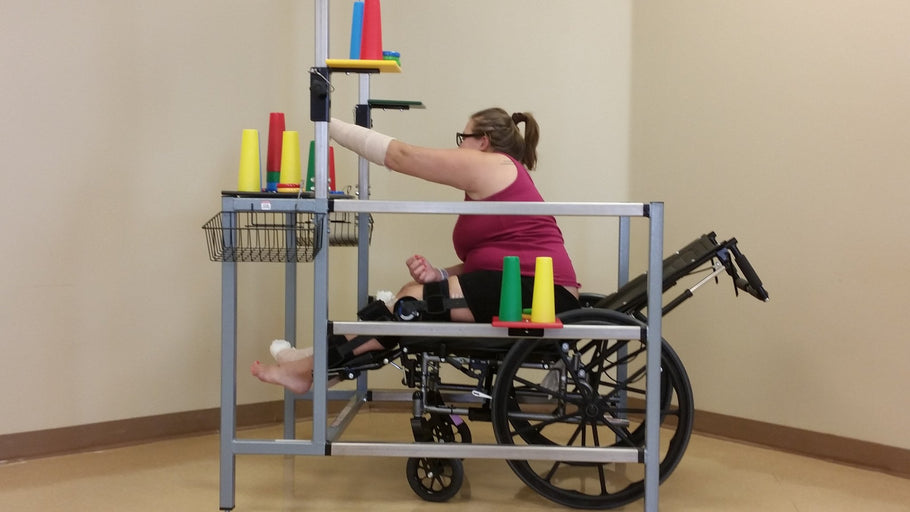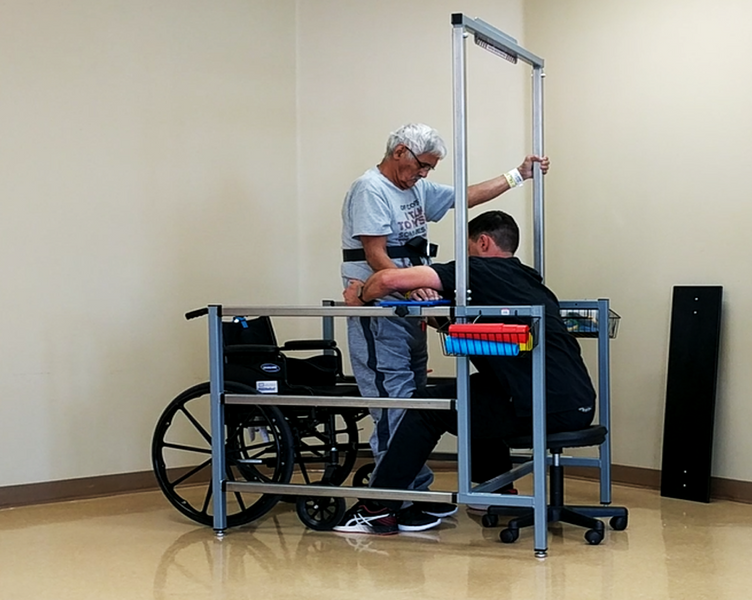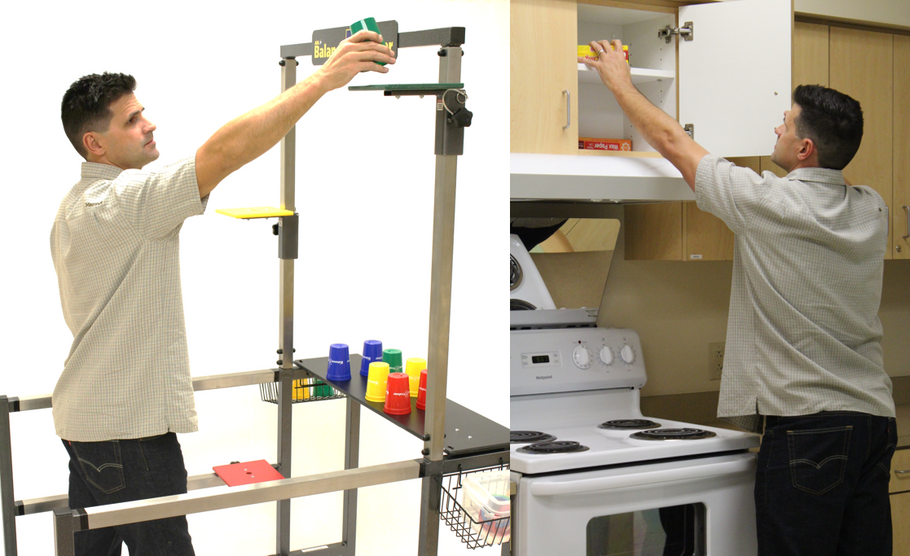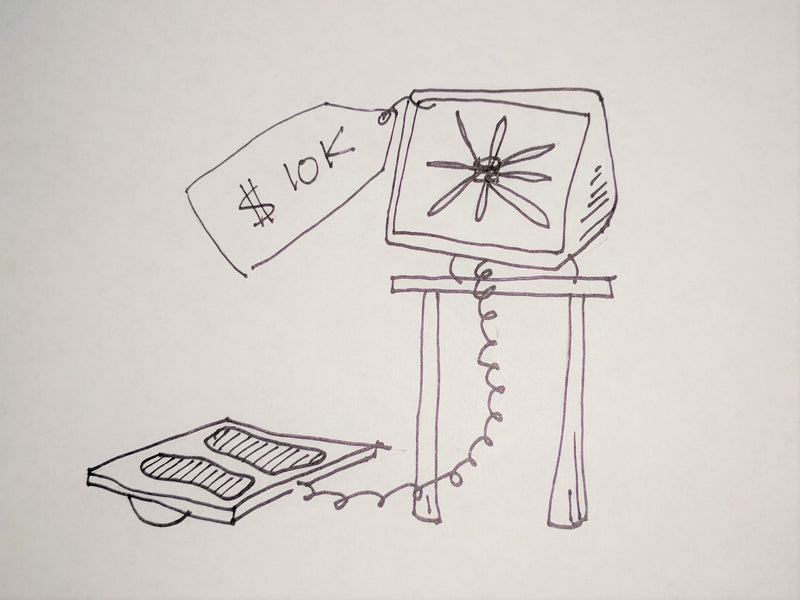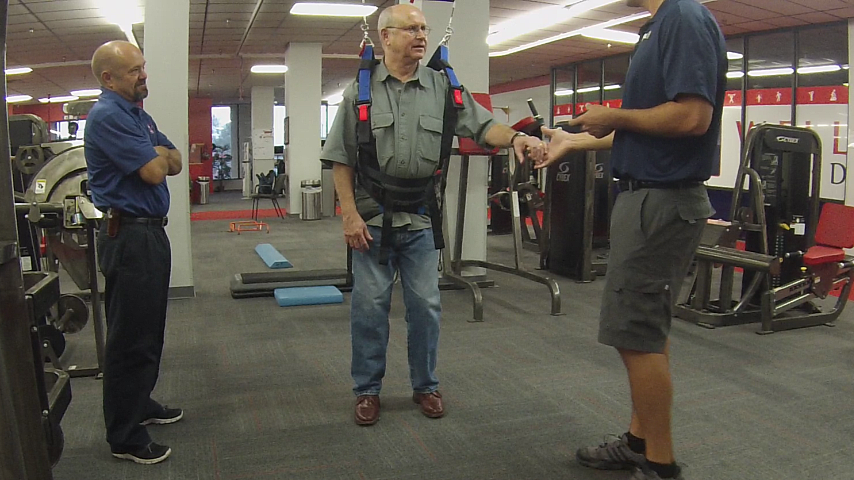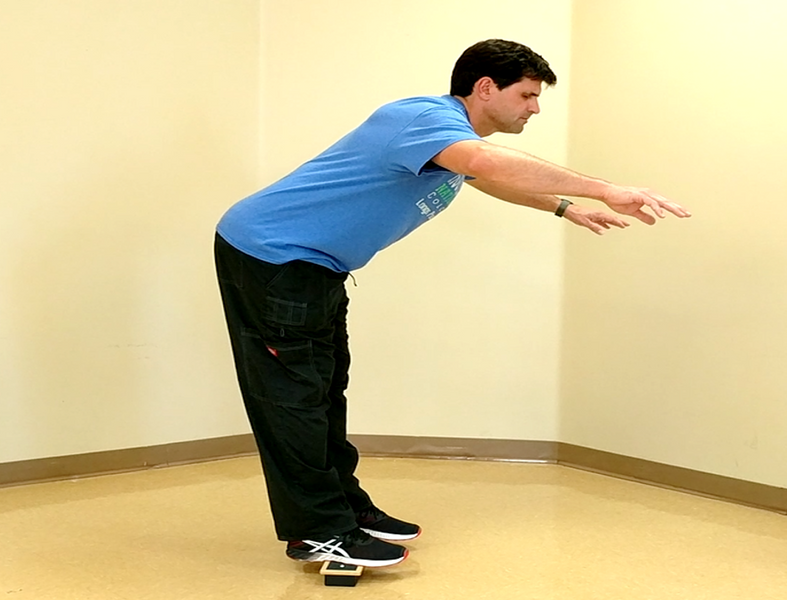ADL Balance Blog
The Body's 4 Natural Defenses to Fight Falls
Standing balance is one's ability to remain upright and steady. Steadiness is maintaining the body's center of pressure (COP) well within the base ...
5 Steps for Learning to Stand Without Hand Support
A lot of patients in post-acute rehab cannot stand without holding onto something - walkers, tables, grab bars, THERAPISTS, etc. Many of these pati...
5 Areas/Equipment to Improve Balance Following a Stroke
In this post I will attempt to blend 2 of my favorite areas of Rehab - helping patients recover from strokes (CVAs) and developing equipment/exerci...
7 Areas the ADL Balance Trainer Helps with Cognitive Rehab
The main goal of the ADL Balance Trainer is to improve balance through functional movements, namely reaching. To this end, it was important that re...
3 Ways to Improve Sitting Balance with ADL Balance Trainer
In Inpatient Rehab and Skilled Nursing Facilities it is common to have patients that are unable to sit independently. For these patients, learning ...
5 Tips for Learning to Stand Again Using the ADL Balance Trainer
As the inventor and avid user of the ADL Balance Trainer, I will spend the next couple of blog posts on treatment tips with the Trainer. While it w...
2 Basic Balance Needs for Patients in IPR & SNF
The primary goal for patients in In-Patient Rehab (IPR) and Skilled Nursing Facilities (SNF) is to discharge home. For this to occur in a safe and ...
Time to Pull the Plug (on Balance)?
WARNING: This blog post is largely opinionated, read with caution. Technology should exist to help our patients, not just because it is visually ap...
3 Reactionary Balance Training Tips
Sometimes we can anticipate a balance challenge, other times we get caught by surprise. Anticipation is seeing someone walking your way with their ...
5 Tips to Make Balance Rehabilitation Hip
The hips are often overlooked in therapy treatments. Through injury (CVA, THA, OA, etc.) and/or aging, patients often lose their ability to effecti...

